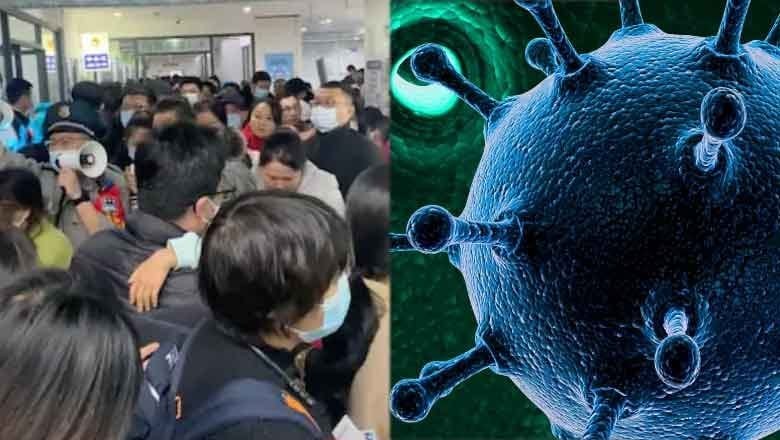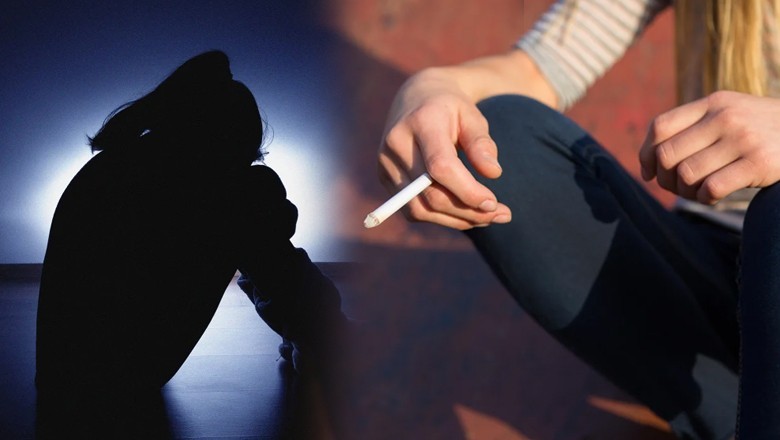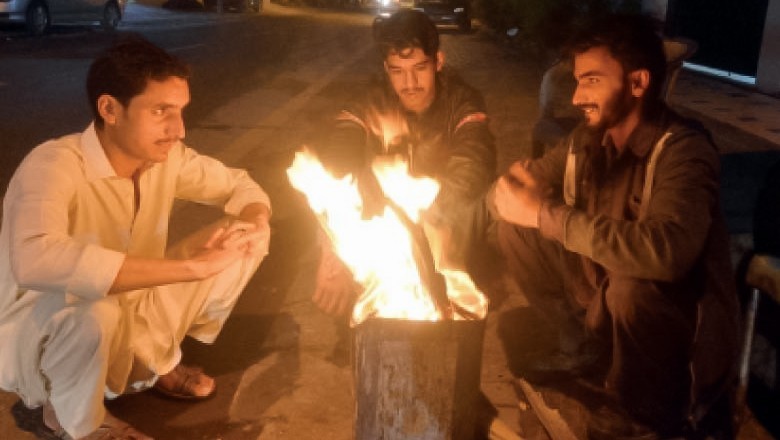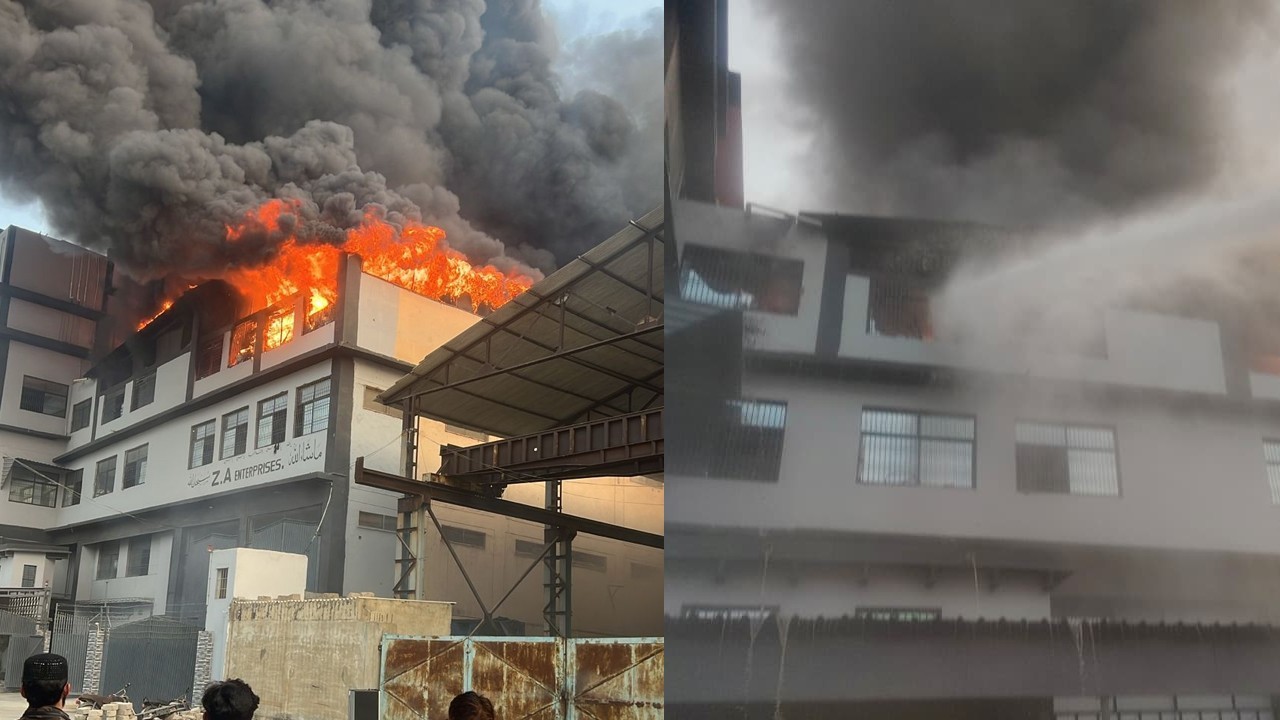HMPV outbreak in China raises alarm as hospitals strain under rising cases

Webdesk
|
3 Jan 2025
China is currently grappling with a rapid outbreak of Human Metapneumovirus (HMPV), a respiratory infection causing flu-like symptoms and raising concerns due to its resemblance to COVID-19.
The outbreak has prompted widespread anxiety, as social media reports and videos suggest that hospitals and crematories are being overwhelmed.
Some reports even claim that multiple viruses, including influenza A, Mycoplasma pneumoniae, and COVID-19, are circulating simultaneously, compounding the crisis.
However, there has been no official confirmation regarding a state of emergency. The National Disease Control and Prevention Administration (NCDPA) has responded by implementing a new monitoring system to track cases of pneumonia of unknown origin, as respiratory diseases are expected to surge during the winter months.
The monitoring effort is part of a broader push to improve preparedness for potential unknown pathogens, with health authorities drawing lessons from the early struggles experienced during the COVID-19 pandemic.
Symptoms of HMPV
The symptoms of HMPV closely resemble those of flu and other respiratory infections. Common signs include:
Cough
Fever
Nasal congestion
Shortness of breath
In severe cases, HMPV can lead to complications such as bronchitis or pneumonia. The virus’s incubation period typically spans three to six days, with symptoms persisting for varying lengths depending on the severity of the infection.
Transmission of HMPV
HMPV spreads similarly to other respiratory viruses, with transmission occurring through:
Secretions from coughing and sneezing
Close personal contact, such as shaking hands or touching
Contaminated surfaces that are touched and then bringing hands to the mouth, nose, or eyes
High-Risk Groups
According to the CDC, HMPV poses a higher risk to certain groups, including:
Young children
Older adults
Individuals with weakened immune systems
When to Seek Medical Attention
Health experts recommend visiting a doctor if:
You or your child show signs of a respiratory infection and have a pre-existing condition that could increase the risk of complications.
Symptoms persist or worsen after a few days, or if a fever lasts for more than three days without improvement.
Preventing HMPV
Preventive measures for HMPV are similar to those for other respiratory illnesses:
Wash hands regularly with soap and water for at least 20 seconds.
Avoid touching your face with unwashed hands.
Keep a safe distance from individuals showing signs of illness.
Clean frequently touched surfaces, such as doorknobs and toys.
What to Do If You Have HMPV Symptoms
If you're experiencing symptoms of HMPV or the common cold, following simple hygiene practices can help curb the virus's spread:
Cover your mouth and nose: Use a tissue when sneezing or coughing.
Wash your hands regularly: Frequent handwashing is crucial to preventing transmission.
Avoid sharing personal items: Refrain from sharing utensils, cups, or personal belongings to reduce the spread.
Stay home: Rest at home if you're unwell to avoid infecting others.
Treatment and Vaccine for HMPV
Currently, there is no specific antiviral treatment or vaccine for HMPV. Treatment remains supportive, focusing on alleviating symptoms and preventing complications.
HMPV vs. COVID-19
Both HMPV and COVID-19 cause respiratory issues, such as cough, fever, congestion, sore throat, and shortness of breath. They also spread through respiratory droplets. Severe cases of both infections may require hospitalization.
However, unlike COVID-19, which can spread year-round due to evolving variants, HMPV tends to peak during the winter and spring months. Studies suggest that after COVID-19 restrictions were lifted, HMPV cases surged in some regions, likely due to weakened immunity from reduced exposure during lockdowns.
As China deals with this outbreak, authorities are closely monitoring the situation while encouraging public adherence to preventive measures to limit further spread.












Comments
0 comment